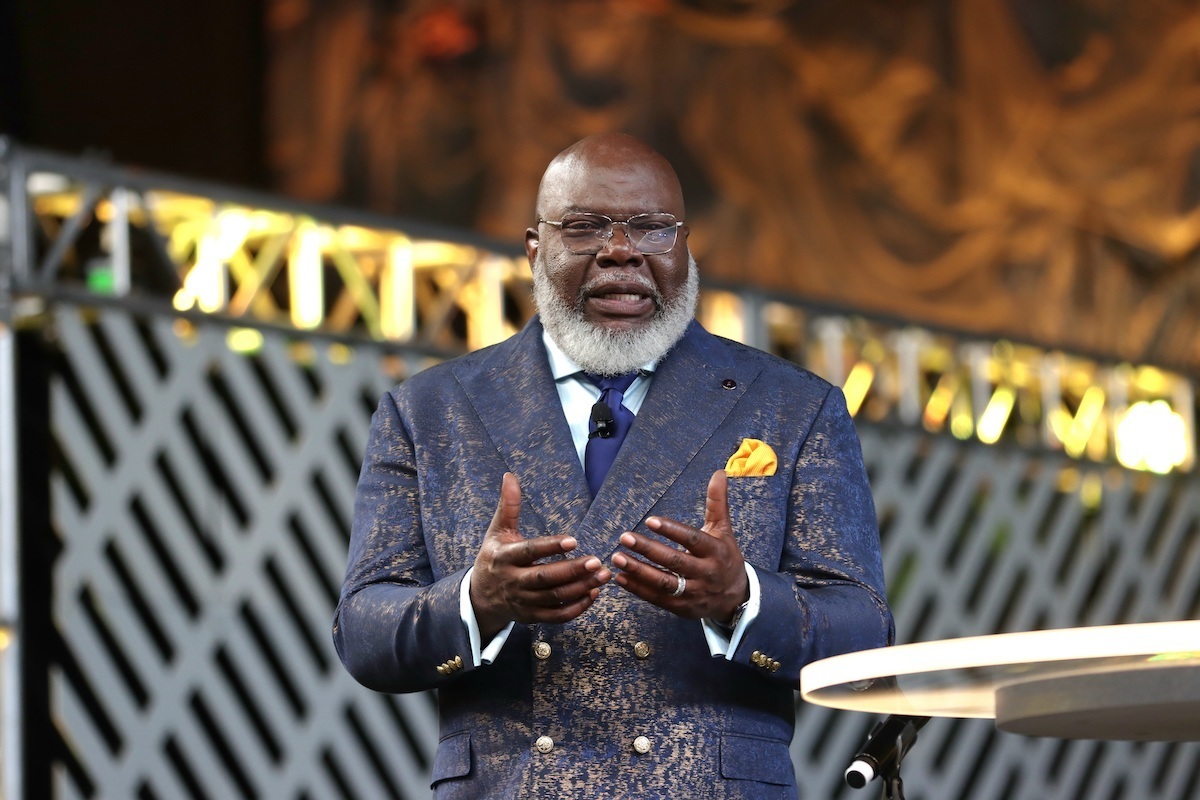Introduction
In the world of celebrity news, sensational stories often make the rounds, and recently, one such story has involved Bishop T.D. Jakes. The well-known pastor, author, and filmmaker, revered by many for his powerful sermons and inspirational messages, found himself at the center of controversy when rumors surfaced about his house being raided. But what’s the real story behind these headlines? Let’s dive into the facts and separate the truth from fiction.
The Genesis of the Rumors
Rumors about T.D. Jakes’ house being raided began circulating on social media platforms, sparking widespread curiosity and concern. Many were left wondering what could possibly warrant such an action against a prominent religious leader. These speculations ranged from financial misconduct to involvement in illegal activities. However, before jumping to conclusions, it’s crucial to understand the context and verify the authenticity of these claims.
Investigating the Claims
Upon closer examination, the source of the rumors appears to be dubious at best. Often, false information spreads quickly on social media due to the ease with which posts can be shared and the tendency of people to believe shocking headlines without checking their validity. In this case, no credible news outlets or official statements have confirmed that T.D. Jakes’ house was raided. This absence of reliable information strongly suggests that the rumors are unfounded.
T.D. Jakes’ Response
In the face of these rumors, T.D. Jakes has maintained a dignified silence, choosing not to engage with the speculation directly. This approach reflects his commitment to focusing on his ministry and continuing his work without being distracted by baseless allegations. It’s a reminder of the importance of integrity and the strength of character in the face of adversity.
The Impact of Misinformation
The spread of false information, especially involving well-respected figures like T.D. Jakes, highlights a broader issue in today’s digital age: the rapid proliferation of misinformation. These rumors can cause unnecessary distress among followers and damage the reputation of individuals who have devoted their lives to positive causes. It underscores the need for critical thinking and responsible sharing of information online.
Conclusion
While the rumors about T.D. Jakes’ house being raided may have caused a stir, it’s clear that they lack any substantial evidence. This incident serves as a reminder to question the validity of sensational claims and to seek out credible sources before believing or spreading such news. T.D. Jakes continues to inspire millions with his message of faith and resilience, and it’s essential to support leaders like him by not falling prey to unverified rumors.
FAQs
1. What sparked the rumors about T.D. Jakes’ house being raided? The rumors originated on social media, with no credible sources or evidence to back up the claims.
2. Has T.D. Jakes made a statement about the alleged raid? As of now, T.D. Jakes has not publicly addressed the rumors, maintaining his focus on his ministry.
3. Are there any credible news reports confirming the raid? No, there are no credible news reports or official statements confirming that T.D. Jakes’ house was raided.
4. How can we verify the authenticity of such claims in the future? Always check multiple credible sources, look for official statements, and be wary of sensational headlines on social media.
5. What can be done to combat the spread of misinformation? Promoting media literacy, critical thinking, and responsible sharing of information can help combat the spread of misinformation.
Thank you for reading! If you found this article insightful, share it with your friends and family to help spread awareness about the importance of verifying information before believing or sharing it.

